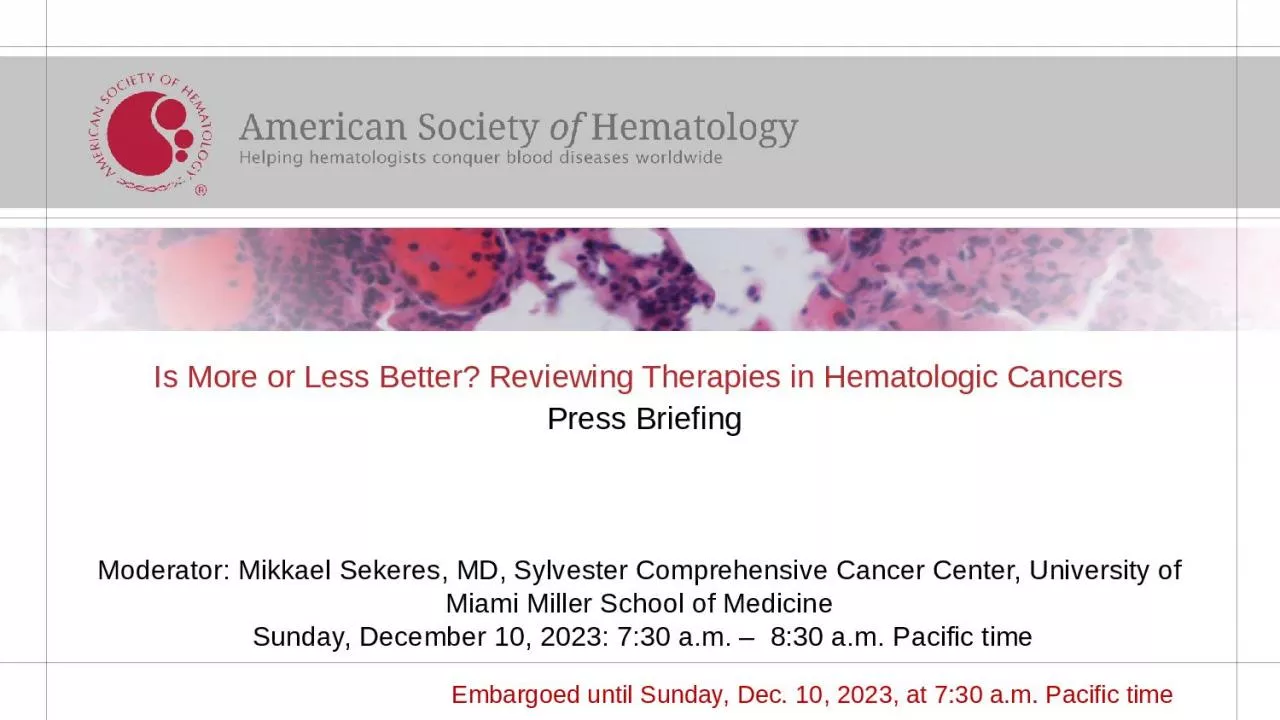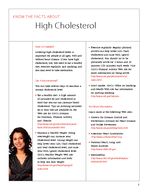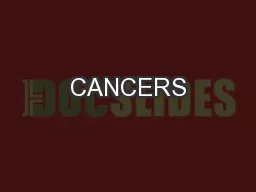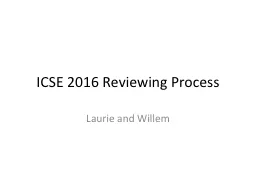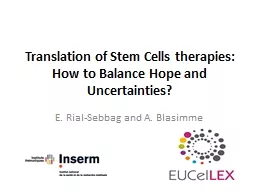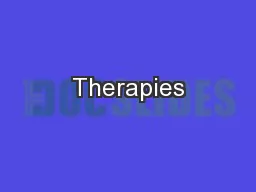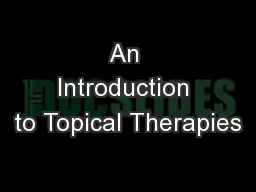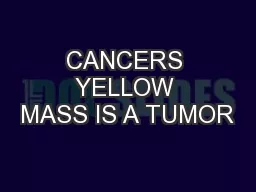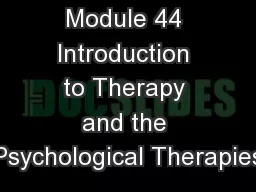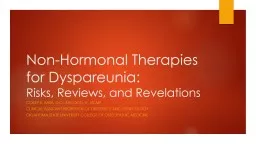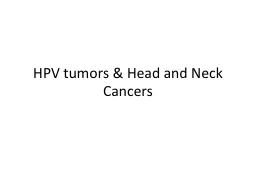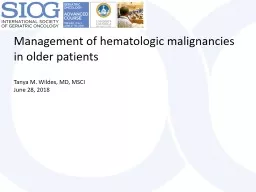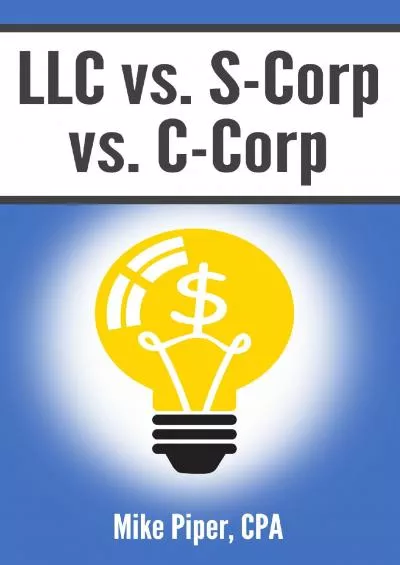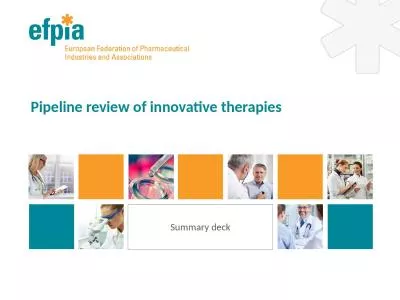PPT-Is More or Less Better? Reviewing Therapies in Hematologic Cancers
Author : ash | Published Date : 2024-03-13
Press Briefing Moderator Mikkael Sekeres MD Sylvester Comprehensive Cancer Center University of Miami Miller School of Medicine Sunday December 10 2023 730 am
Presentation Embed Code
Download Presentation
Download Presentation The PPT/PDF document "Is More or Less Better? Reviewing Therap..." is the property of its rightful owner. Permission is granted to download and print the materials on this website for personal, non-commercial use only, and to display it on your personal computer provided you do not modify the materials and that you retain all copyright notices contained in the materials. By downloading content from our website, you accept the terms of this agreement.
Is More or Less Better? Reviewing Therapies in Hematologic Cancers: Transcript
Download Rules Of Document
"Is More or Less Better? Reviewing Therapies in Hematologic Cancers"The content belongs to its owner. You may download and print it for personal use, without modification, and keep all copyright notices. By downloading, you agree to these terms.
Related Documents

